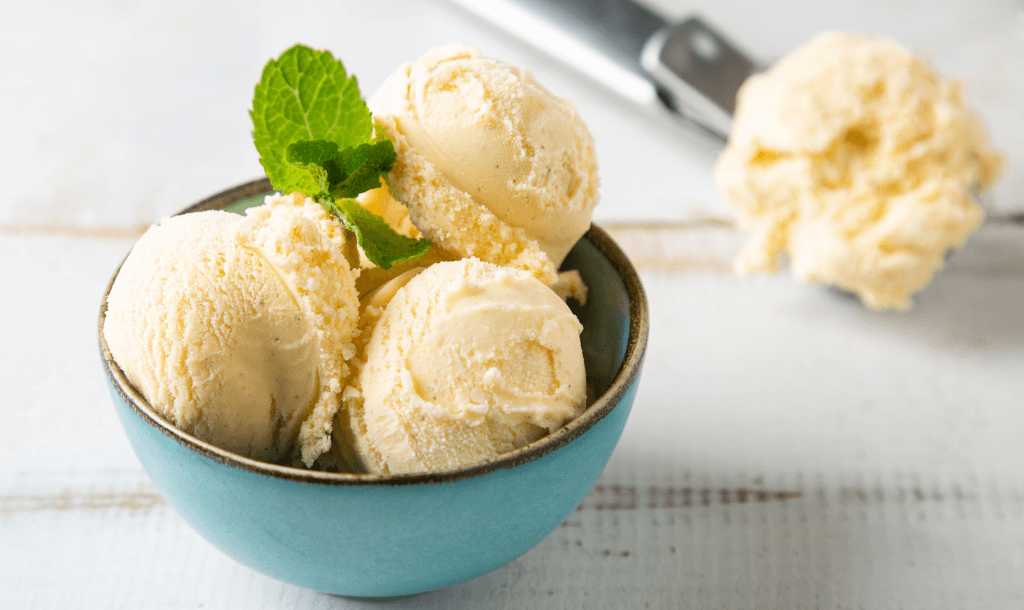First published in FMCG Business October 2022 issue.
The speed by which brands come to market in the food and beverage industry can create a tendency to cast the net wide but with a short-term view when considering trade mark protection. However, it pays to take a more strategic approach to maximise the protection of the trade mark registration, and ultimately its value to the business.
An Intellectual Property specialist can help you identify the critical elements of your trade mark that are the most worthwhile protecting. When coming up with a new trade mark, many businesses make the mistake of applying for the full mark of what they are using rather than it’s individual and distinctive components.
For example, if you register a stylised version of JASMINE’S JAGUAR JUICE for orange juice your scope of protection will be much less than if you only register the mark JAGUAR in plain text. The registration will be infringed by anyone who uses the word JAGUAR (or words that sound similar) in relation to juice.
Whereas, the longer stylised version of the mark will only be infringed by someone who uses all or most of the words, or similar sounding words, and who uses a similar form of stylisation. Likewise, while a logo can be easier and cheaper to secure, it might not provide the best rights for your business.
There is also an art to making sure the registration is broad enough to cover your key goods in a cost-effective way, maximise your ability to sue for infringement, and avoid a registration so broad that it may be vulnerable to attack.
If the business has a clear and realistic business plan around future prospects for the mark/brand in five years’ time, then this should be reflected in the scope of goods and services applied for.
Rights holders have a period of three years by which they can commence use of the mark on the applied for goods and/or services. After this period the mark can become vulnerable to being removed from the Register if it hasn’t in fact been used on or in relation to the goods and/or services.
There can also be implications for international applications if the scope is too wide. For example, in the United States when an applicant files a trade mark application it must indicate a statutory basis for filing the application. One of those statutory bases includes possessing a bona fide intent to use the trade mark in commerce with the goods or services identified in the application. This applies even if the applicant has a registration for the same mark in their “country of origin”.
In this case it will be important for businesses to document all steps taken in furtherance of bringing the goods and services to the US marketplace under the trade mark.
When looking at international trade mark protection, it’s good to identify from the outset what protection is time critical for application and what countries should be prioritised. For example, there is only a six-month window where you can file in other convention countries (that are signatories to the Paris Convention for the Protection of Industrial Property) and claim earlier priority on the Register from your New Zealand application/registration filing date.
There can be good tactical reasons for wanting to do this, and knowing what countries will be a priority for the business can help better achieve registration in a cost-effective manner.










